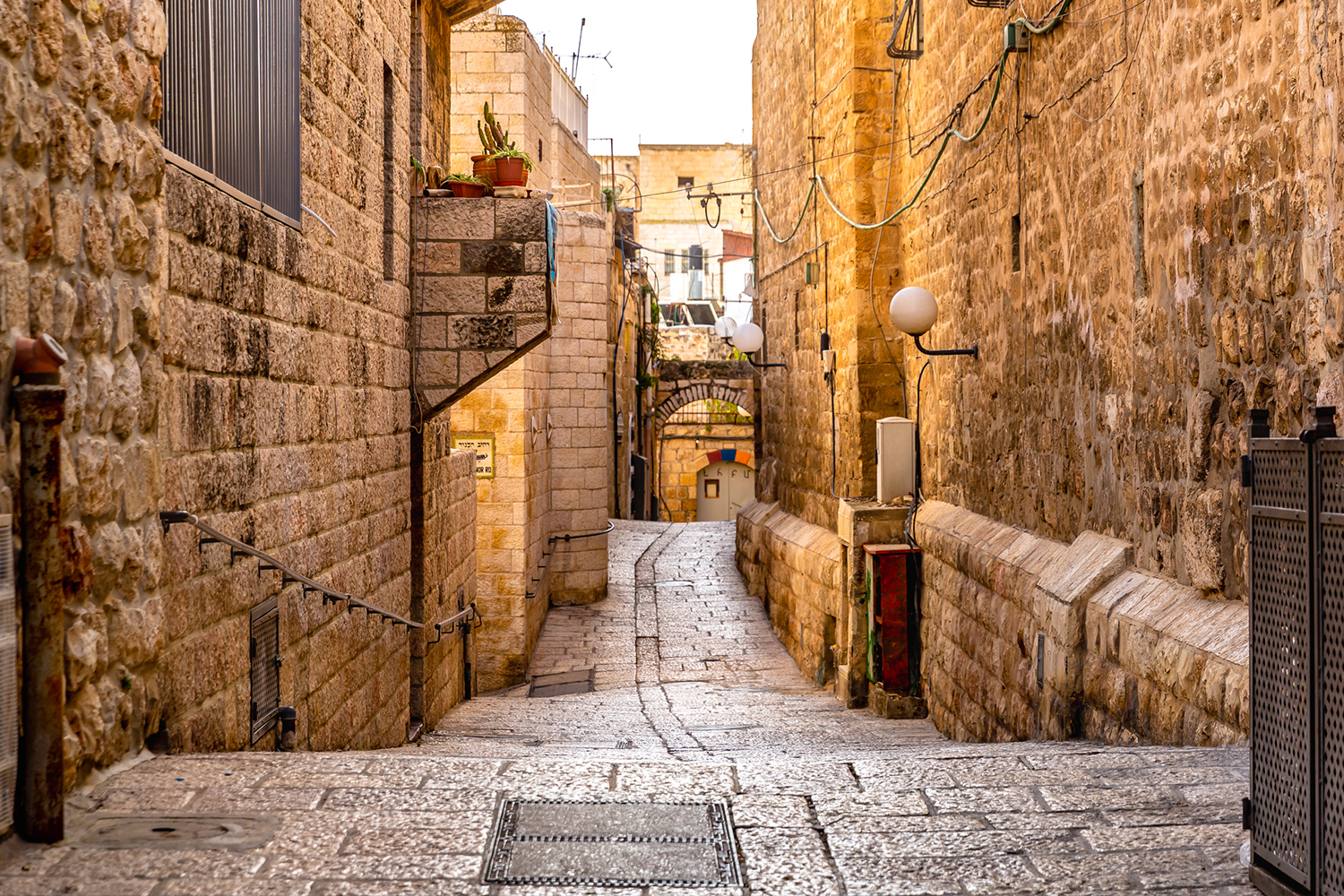Faith Journeys is dedicated to being experts in the field of spiritual/religious travel, but also in helping to keep you informed of questions that may arise in planning your pilgrimage. There are questions that come up within every group that, once answered, can help promote a greater interest and comfort level with international group travel.
To help better prepare group leaders and participants, we will be featuring occasional Frequently Asked Questions (FAQ) newsletters covering all aspects of group travel. Today, we’ll address accessibility:
At nearly every presentation we’ve given to a group of interested travelers, we’re always asked the same question: “How much walking will there be?” While that can vary depending on the destination and the chosen itinerary, it is fair to say that on most days a group will walk three to four miles. That’s not to say you would walk that distance in one go, but throughout the course of the day – with stops, coach rides, and breaks between segments. We often say that most people, with reasonable mobility, should be able to participate fully in each day’s activities.
Additionally, the question of accessibility will usually come up. This is a much more difficult question to answer. Most countries outside the United States don’t have the same accommodations we have for those with reduced mobility. Many roads are made of cobblestone, surfaces are uneven and buildings may not have accessible ramps or elevators. So, it’s best to discuss these needs with your pilgrimage consultant, so they can talk you through any challenges that may be present for anyone in your group with mobility issues.
In light of the mobility question, some interesting news came out of Israel one year ago, in regards to this topic. Israel Travel News reported that, “For the first time in history, after 10 years of work by seven governmental bodies, the Old City of Jerusalem is accessible to people with movement disabilities. The new Old City accessibility aims to facilitate the crowded main streets and to enable wheelchair users (including strollers) and other mobility-limited people to visit the holy sites of the city. In total, some four kilometers of streets in the Muslim, Armenian and Christian quarters have been made accessible, and about 2 km of handholds were installed alongside staircases, which constitute about 60% of all public roads.”
This is such great news to share. With the world being “shut down” for the past year, I think this may have been overlooked. But the project is done and is waiting for you to come and experience what it is like to walk in the old city, without dealing with steps.

